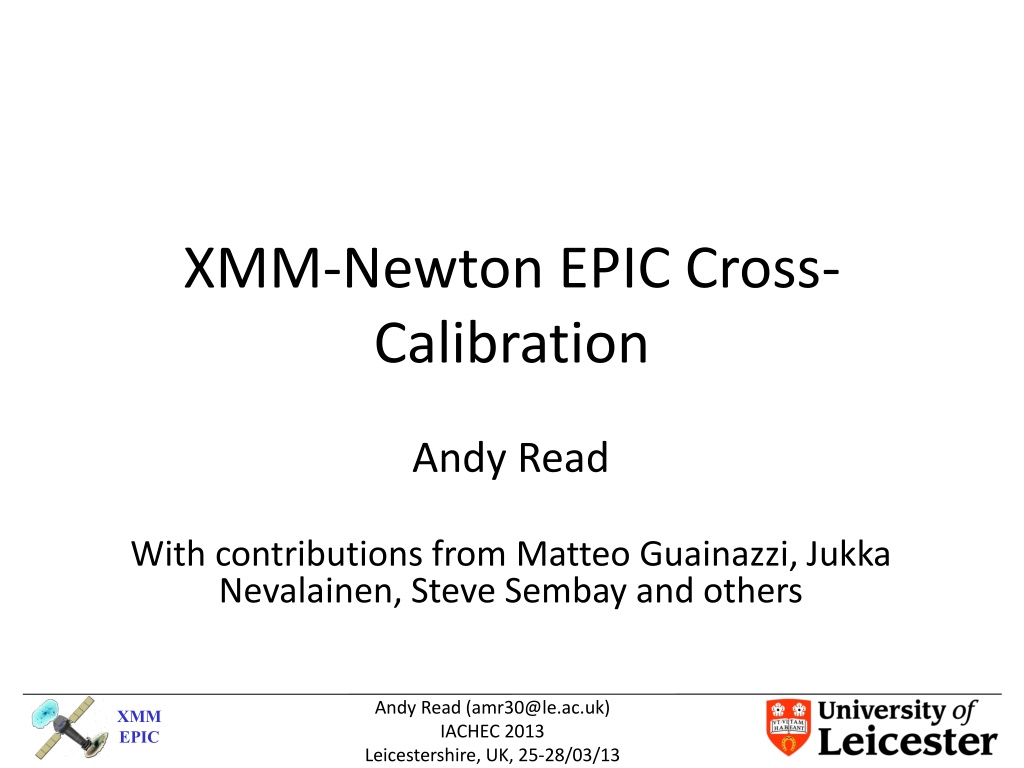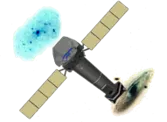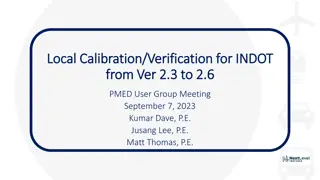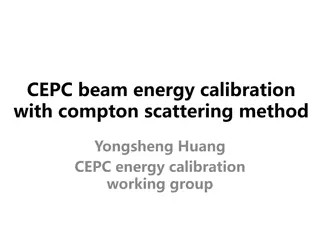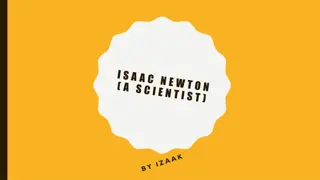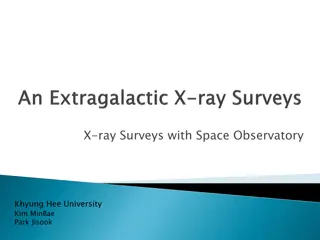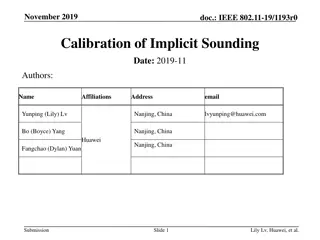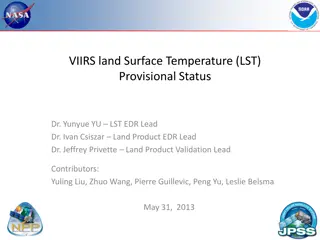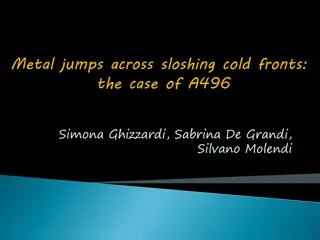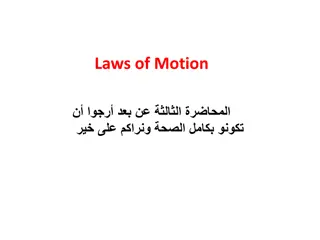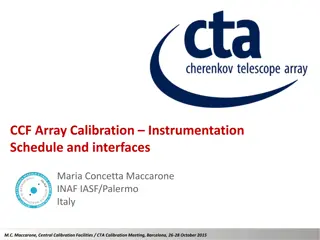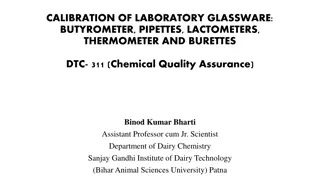XMM-Newton EPIC Cross-Calibration Analysis
This study presents the XMM-Newton EPIC cross-calibration analysis conducted by Andy Read and collaborators. The research compares different samples and methods used for galaxy clusters, highlighting pros and cons of various approaches. Details on sample selection, data reduction, and spectral analysis are provided, along with standardized procedures and key outcomes. The study emphasizes the importance of accurate calibration for astrophysical observations and data interpretation.
Download Presentation

Please find below an Image/Link to download the presentation.
The content on the website is provided AS IS for your information and personal use only. It may not be sold, licensed, or shared on other websites without obtaining consent from the author.If you encounter any issues during the download, it is possible that the publisher has removed the file from their server.
You are allowed to download the files provided on this website for personal or commercial use, subject to the condition that they are used lawfully. All files are the property of their respective owners.
The content on the website is provided AS IS for your information and personal use only. It may not be sold, licensed, or shared on other websites without obtaining consent from the author.
E N D
Presentation Transcript
XMM-Newton EPIC Cross- Calibration Andy Read With contributions from Matteo Guainazzi, Jukka Nevalainen, Steve Sembay and others Andy Read (amr30@le.ac.uk) IACHEC 2013 Leicestershire, UK, 25-28/03/13 XMM EPIC
XMM: Different Samples & Methods Galaxy Clusters (GC) Jukka Pros : Constant, Spectrally simple Cons : Extended, diffuse Very Bright RL AGN (XCAL) Matteo, Martin Pros : Bright, point-source Cons : Piled-up, core-excised, variable Bright clean point sources (2XMM) AR Pros : Point-source, non-piled-up Cons : Spectrally complex/different, variable Andy Read (amr30@le.ac.uk) IACHEC 2013 Leicestershire, UK, 25-28/03/13 XMM EPIC
2XMM Sample Selection 2XMM DR3 (up to Rev1600, Sep 2008) Full-Frame (FF) mode and thin or medium filter in all of M1, M2 & pn Point sources (zero extent) Near on-axis (EP_OFFAX<2 ) Low column (|b|<15deg) Large numbers of counts (>5000 in each MOS, 15000 in pn) Below FF pile-up limit (rate<0.7 c/s [MOS], <6 c/s [pn]) 87 sources BG-flare cleaned, common GTIs applied, and visually inspected Removed sources where: at least one instrument had ~zero time/counts confused sources close to other bright sources appearing extended, or point source within extended emission quadrant/chip loss bright sources in the BG extraction region 46 sources Andy Read (amr30@le.ac.uk) IACHEC 2013 Leicestershire, UK, 25-28/03/13 XMM EPIC
2XMM Data Reduction Standardized (where possible) across all EPIC cross-cal analyses, e.g. 2XMM (AR), GC (JN) Public SASv12, standard data-reduction meta- tasks e[mp]proc/e[mp]chain, default parameters Use data screening criteria as recommended to the users: PATTERN<=12 for MOS, PATTERN<=4 for pn #XMMEA_EM (MOS), FLAG==0 (pn) spectralbinsize=5 in evselect Common GTIs for each source separately (2XMM) Andy Read (amr30@le.ac.uk) IACHEC 2013 Leicestershire, UK, 25-28/03/13 XMM EPIC
2XMM Spectral Reduction For each source and each instrument, produced: Source spectra 0-40 (also can do 0-60 , 5-40 , 15-40 , 5-60 , 15- 60 etc) BG spectra 90-180 rmfs and arfs For each instrument: Source spectra stacked together (exposure-weighting BACKSCAL) BG spectra stacked together (exposure-weighting BACKSCAL) Average exposure-weighted arf calculated Average exposure-weighted rmf calculated Output is (for each of M1, M2 & pn) one source spectrum, one BG spectrum, one arf & one rmf Andy Read (amr30@le.ac.uk) IACHEC 2013 Leicestershire, UK, 25-28/03/13 XMM EPIC
2XMM Spectral Analysis Having stacked the data, we now fit Stack & Fit Multi-component (phenomenological) model constructed to closely fit the pn data How M1/M2 varies wrt pn can then be inspected Andy Read (amr30@le.ac.uk) IACHEC 2013 Leicestershire, UK, 25-28/03/13 XMM EPIC
2XMM 46 sources (SB12) Black: pn, red: MOS1, green: MOS2 Andy Read (amr30@le.ac.uk) IACHEC 2013 Leicestershire, UK, 25-28/03/13 XMM EPIC
2XMM Spectral Analysis Calculated and plotted is the ratio R : [MOS-data/(pn-)model] / [pn-data/pn-model] This removes any differences between the pn data and the pn model prediction (tests using good models of varying goodness resulted in negligible changes to the R ratio) Used e.g. also for GC for ACIS/Swift-XRT/Suzaku (and EPIC) (JN) Most/all sources of possible error removed/minimized: Variability Common GTI PSF non-piled up sources and large extraction radius Complex/different spectra stack into one spectrum, fit, calculate R ratio Andy Read (amr30@le.ac.uk) IACHEC 2013 Leicestershire, UK, 25-28/03/13 XMM EPIC
2XMM MOS1/pn & MOS2/pn Andy Read (amr30@le.ac.uk) IACHEC 2013 Leicestershire, UK, 25-28/03/13 XMM EPIC
MOS1 2XMM v GC Andy Read (amr30@le.ac.uk) IACHEC 2013 Leicestershire, UK, 25-28/03/13 XMM EPIC
MOS2 2XMM v GC Andy Read (amr30@le.ac.uk) IACHEC 2013 Leicestershire, UK, 25-28/03/13 XMM EPIC
Other (Jukka, Matteo) Stacked Residuals Method Fit & Stack For each source, pn spectrum is fit Calculated model applied to spectrum of each camera residuals (data/model) calculated and stored For each camera, residuals obtained on all sources are averaged (median) together Each MOS average residual spectrum divided by the pn average residual spectrum removes features due to uncertainties in pn calibration (<~2%) Andy Read (amr30@le.ac.uk) IACHEC 2013 Leicestershire, UK, 25-28/03/13 XMM EPIC
2XMM Stack and Fit vs Fit and Stack (MG) Yield consistent results over E-range where number of channels with negative counts is small (might be explanation of JN s GC MOS2/pn) S&F method may be more robust Andy Read (amr30@le.ac.uk) IACHEC 2013 Leicestershire, UK, 25-28/03/13 XMM EPIC
Main Results : Closing Remarks Stack & Fit method, calculating stacked residuals R ratio seems stable and robust for non-piled-up on-axis point sources (common GTIs, weighted RMF, large extraction circle etc.) Approaching a MOS/pn description that is (high-statistic and) consistent with other methods/samples (e.g. GC) At >1.5keV, MOS(/pn) looks very similar to GC ACIS, Swift-XRT At <1.5keV, MOS(/pn) larger than GC ACIS, XRT, also XIS1,XIS3. Similar to GC XIS0 Future plans include Extend to 3XMM applying to off-axis (& off-patch) regions investigating narrow annuli (PSF) Andy Read (amr30@le.ac.uk) IACHEC 2013 Leicestershire, UK, 25-28/03/13 XMM EPIC
2XMM MOS1 Andy Read (amr30@le.ac.uk) IACHEC 2013 Leicestershire, UK, 25-28/03/13 XMM EPIC
2XMM MOS2 Andy Read (amr30@le.ac.uk) IACHEC 2013 Leicestershire, UK, 25-28/03/13 XMM EPIC
